Laws are written by Congress to assert policy and generally define conduct for those aspects of daily life that operate under the authority of the government. To clarify and implement the laws, regulations are then written by executive agencies, such as the USDA. The USDA then may issue directives which provide more specific instructions to inspection personnel about how to implement and enforce the regulations. The agencies may also issue notices to inspection personnel to address a particular problem.[1]
Email clarification from the USDA’s FSIS (December 22, 2021)
There are two federal laws that regulate the treatment of livestock. Both pertain to conditions after the animals leave the farm. Neither law addresses the treatment of poultry.
The statutes are:
– The Humane Methods of Slaughter Act (HMSA)[1]
– The Twenty-Eight Hour Law [2]
There is a third law regarding organic certification that has some limited bearing on animal treatment – The Organic Foods Production Act.[3] Regulations under this Act address aspects of feed, housing, and access to outdoor space for the small percentage of livestock and poultry that are raised to meet organic certification.[4]
7 U.S.C. 48 §§ 1901-1907
49 U.S.C. § 80502
7 U.S.C. chapter 94
7 CFR Subpart C – Organic Production and Handling Requirements, §§ 205.236 – 205.239 https://www.law.cornell.edu/cfr/text/7/205.239 [Note: although these sections refer to livestock in sub-headings, they are also applicable to poultry, see § 205.236]
There are no federal laws that address the humane treatment of poultry on the farm, during transport, or during slaughter.
The only law that might be interpreted legally, if not practically, as a protection for poultry during the slaughter process is the Poultry Products Inspection Act (PPIA). Regulations under the PPIA require that poultry be slaughtered in “accordance with good commercial practices,” which primarily address the safety of poultry products for human consumption.[1,2]
On the farm, there are a few state laws that have banned battery cages for egg-laying hens. However, “Despite the increasing coverage of State bans in the U.S. egg-laying flock, unless other States pass additional legislation, 83 percent of operations in the United States will still legally be allowed to produce using battery cage systems with stocking densities of less than 116 square inches per bird after 2026.”[3]
Poultry Products Inspection Act 21 U.S.C.A § 451 – 473
9 CFR 381.65(b). And see, Poultry Welfare Regulations
Danielle J. Ufer (2022) State Policies for Farm Animal Welfare in Production Practices of U.S. Livestock and Poultry Industries: An Overview, EIB-245, USDA, Economic Research Service, p. 12.
Other than the Organic Foods Production Act, there are no laws or regulations regarding the everyday treatment of animals on factory farms.[1,2]
Wagman, B.A. et al., (2019) Animal Law: Cases and Material, Sixth Ed., Carolina Academic Press, Chapter 6, Animals Raised or Slaughtered for Food, p. 486. [“In recent years there has been some development of laws in a limited number of states relating to the welfare of animals while being bred or raised for commercial purposes. At the federal level there are no such protections, and only limited regulation of the conditions under which animals are transported for slaughter.”]
Animal Welfare Institute (2021) Legal Protections for Animals on Farms, p. 1. https://awionline.org/sites/default/files/uploads/documents/FA-AWI-LegalProtections-AnimalsonFarms-110714.pdf
Every state has enacted animal cruelty laws. Though it is difficult to generalize, most state laws differentiate between the acceptable treatment of farmed and non-farmed animals. “At the state level, the vast majority of anti-cruelty statutes expressly or impliedly (or by practical effect) provide little or no protection to animals raised for consumption.”[1]
According to a recent Animal Welfare Institute study, “In 37 states, common or recognized animal husbandry practices—such as tail docking and castration without anesthesia—are exempt from the definition of cruelty, unless the act is specifically prohibited.”[2] The National Agricultural Law Center provides a state-by-state compilation of animal anti-cruelty laws.[3]
Wagman, B.A. et al., (2019) Animal Law: Cases and Material, Sixth Ed., Carolina Academic Press, Chapter 6, Animals Raised or Slaughtered for Food, p. 487.
Animal Welfare Institute (2021) Legal Protections for Animals on Farms, p. 2.
National Agricultural Law Center, University of Arkansas (updated November 2024) States’ Animal Cruelty Statutes. https://nationalaglawcenter.org/state-compilations/animal-cruelty/ [See also, Danielle J. Ufer (2022) State Policies for Farm Animal Welfare in Production Practices of U.S. Livestock and Poultry Industries: An Overview, EIB-245, USDA, Economic Research Service]
